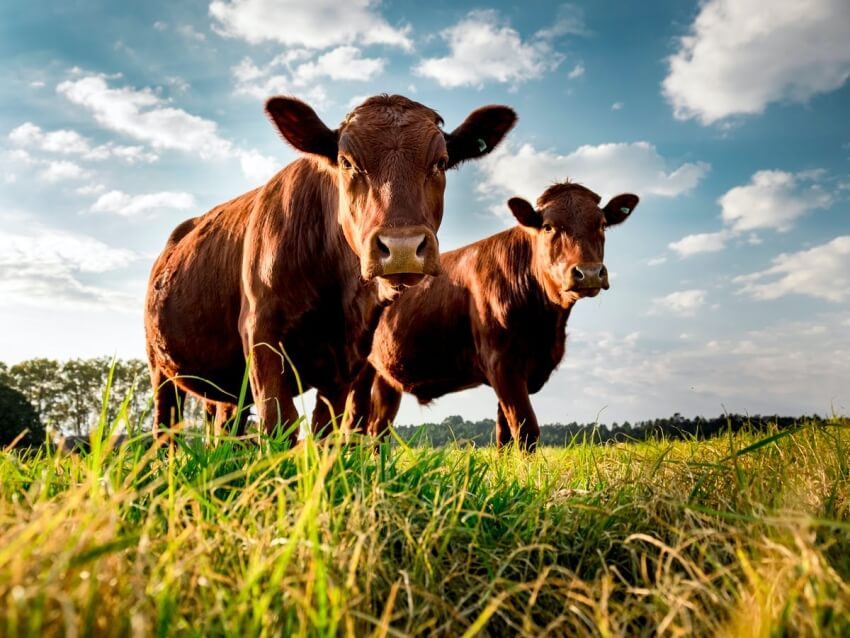
The livestock industry is a crucial component of Namibia’s economy, with the country exporting both live cattle and beef products to regional and international markets. According to the Livestock & Meat Industry Q1 Review released by the Meat Board for the end of April 2023, the first quarter of 2023 recorded an increase in the number of cattle exported compared to the same period in the previous year. Specifically, up to 30,635 heads of cattle left the country during the first three months of 2023 relative to 28,972 heads exported during the same period in 2022. This represents a 5.7% growth in the live exports marketing segment.
The South African market accounted for 99.4% (30,436 heads) of all live cattle exports, while regional destinations Botswana and Angola took up the remainder for breeding purposes. Of these animals, 99.5% were weaners destined for feedlots in South Africa, with only 0.5% exported for farming purposes. This shift from more value addition to the supply of raw material is observed as the quarterly increase in marketed animals from the three years of herd-rebuilding is being exported live.
Compared to the first quarter of 2022, B&C class abattoirs lost 4.6% market share towards live exports, and export-approved abattoirs gained 3.1% and 1.4%, respectively. The Meat Board added that the trend of increasing domestic uptake at export-approved abattoirs output is owed to improved producer prices offered by A-class abattoirs. This trend in marketing has resulted in A-class abattoirs gaining an additional 1% market share during the quarter under review.
Despite the country’s intent and aspiration to add more value and maintain its lucrative external beef markets, there has been a sustained decrease in South African and local weaner prices throughout the first quarter of 2023. South African weaner prices continued to drop following an increased supply of beef due to export restrictions occasioned by Foot and Mouth Disease (FMD) in that country. The South African weaner price declined from N$40.47/kg in the first quarter of 2022 to N$35.50/kg in the first quarter this year. The Namibian weaner price followed a similar pattern averaging at N$ 30.02/kg relative to N$ 41.59/kg recorded during the first quarter of 2022, a decline of 22.9%.
The Meat Board analysis indicates that the growth observed in the sector is attributed to increased volumes of cattle exported on hoof to neighboring regional markets. However, this trend could be reversed if Namibia’s beef exports regain full access to lucrative external markets. The country has made strides in expanding its export market, going as far as China and becoming the first African country to export beef to the USA.
In terms of beef export, the country has exported 1.65 million kilograms in the first three months of 2023, which is low compared to 2.04 million kilograms of beef exported in the same period last year. This decline could be attributed to the supply chain disruptions caused by the Covid-19 pandemic.
In conclusion, the Livestock & Meat Industry Q1 Review suggests that the Namibian livestock industry is still grappling with market uncertainties, including price volatility and the impact of trade restrictions. However, there are opportunities for the sector to grow, especially if Namibia regains full access to external beef markets. The industry has proven resilient in the face of previous challenges, and stakeholders can leverage existing partnerships and invest in value addition to build a sustainable future for the sector.



















Leave a Reply